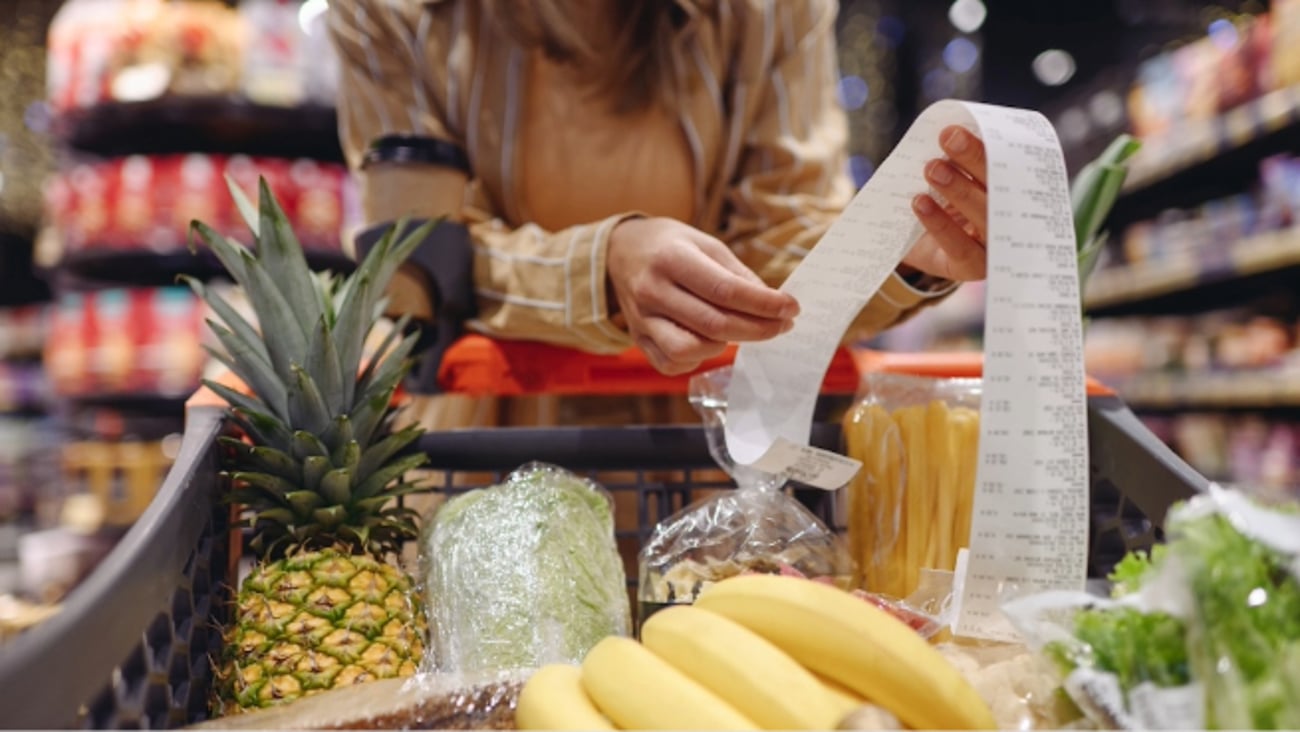Is the dairy industry positioned for a post-pandemic renaissance?
Before COVID-19, the dairy industry was struggling with its image and its focus. For a growing number of consumers it had become old and boring, and more found themselves hesitant to trust what was happening in the dairy sector. Cities were winning the war of values over farming communities, who clearly were not ready for the new attitudes among consumers. Animal activists and environmentalists were gaining on the industry, which could provide little in the way of response to their arguments. Authenticity and wholesomeness were the public relations weapons of choice for the dairy industry. Still, momentum was not on the sector’s side, that is, until COVID showed up.
COVID-19 hit quickly. Many of us simply lost our psychological and rational bearings and got into a survival funk. The result was panic buying, lineups and a genuine distrust in our food supply chain’s ability to provide our country with the food we would need for some time. For days, perhaps weeks, many felt genuinely food insecure, and in one of the richest countries in the world--a notion that had been considered impossible just a few weeks before.
As we end the first phase of our long, slow march towards normalcy we can see that things have changed dramatically. Our food vocabulary has completely changed, in a matter of just a few weeks. Conversations about plant-based products, veganism, animal welfare and sustainability have swiftly been replaced by discussions about supply chains, empty shelves, flour, yeast and eggs.
Fear is one of the most powerful feelings a human being can experience. As we were confined to our homes, we were all forced to go back to basics. We could argue that Canadians have never cooked this much since the end of the Second World War. Our relationship with our kitchens, the true heart of the home, has grown stronger. In fact, according to a recent survey from AMC Group, 42% of the people polled plan to make more home-cooked meals after the virus passes. We are creatures of habit, and given how long the lockdown will probably last, COVID-19’s legacy will be about how it forever changed the way we relate to food. In other words, some of our new habits will remain.
Milk and dairy products will be found in the middle of all these changes. Milk always finds a way into recipes and beverages for many diets. What’s more, as has been demonstrated several times in health research, a sedentary lifestyle will eventually get people to consume more dairy products. With most restaurants closed, overall demand for milk is down, so numbers are not encouraging for now. But sales will come back, with consumers giving more space to dairy at home. With staycations being more popular over the next little while, dairy consumption at home will also push sales in the food service industry over time.
Furthermore, coming out of COVID, dairy farmers will likely have more direct access to consumers. According to a recent poll, 22% of Canadians intend to shop online more often after the crisis. COVID-19 could literally democratize the supply chain. Once online buying for food purchases exists in consumers’ minds, anything is possible. We are already seeing groups of farmers engaging with consumers online due to a void created by grocers who find themselves overwhelmed by demand. And farmers will charge a premium, because they can.
Sustainability, plant-based protein and all other spending trends we saw in food before COVID will eventually bounce back. Their return, though, will be linked directly to economic health and consumer confidence, and that may take a while--long enough for dairy to play a much larger role in our daily lives.




